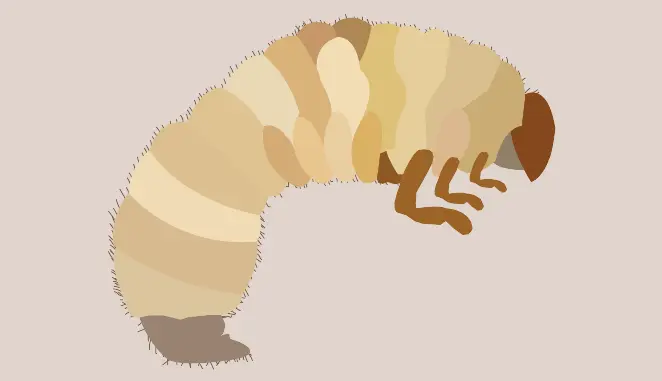Chafer Grubs in Lawn
What are Chafer Grubs?
Similar to Leatherjackets, this is another larvae that damages the grass root. If you happen to have chafer grubs in your lawn then this is the larval stage of a Chafer Beetle and whilst in this form it feeds on the lawn roots.
A small number is fine, but in extreme cases, it is possible for them to cause damage to your lawn over time.
What to look out for
- Yellow and brown patches on the lawn.
- Patches that are very dry and the lawn can be peeled away from the soil.
- When peeling back lawn, there are lots of chafer grubs in the soil beneath.
- Chafer grubs are around 1.5cm long with a cream body and an orange head. (Not to be confused with Leatherjackets).
- A noticeably high number of adult Chafer beetles around your garden in May/June. This can be a sign of possible problems to come.
When does it occur?
Chafer Grubs most commonly appear in the months of May to August.
Treating and Preventing Chafer Grubs in Lawn
Similar to leatherjackets, there is not much you can do in the way of prevention but there are ways in which you can help to reduce the numbers and the damage caused by chafer grubs.
- Remove any larvae that you can see when peeling back damaged lawn.
- Let the birds eat them, they are a great natural pest control!
- Like with leatherjackets, there is a parasitic nematode than can target chafer grubs – this one is called Heterorhabditis megidis. Used as instructed on the box, these biological treatments are available in garden centres and will help to kill off chafer grubs.
- Scarifying and aerating your lawn can help to prevent chafer grubs and make your lawn stronger. See our lawn care guide on aerating for more details.



